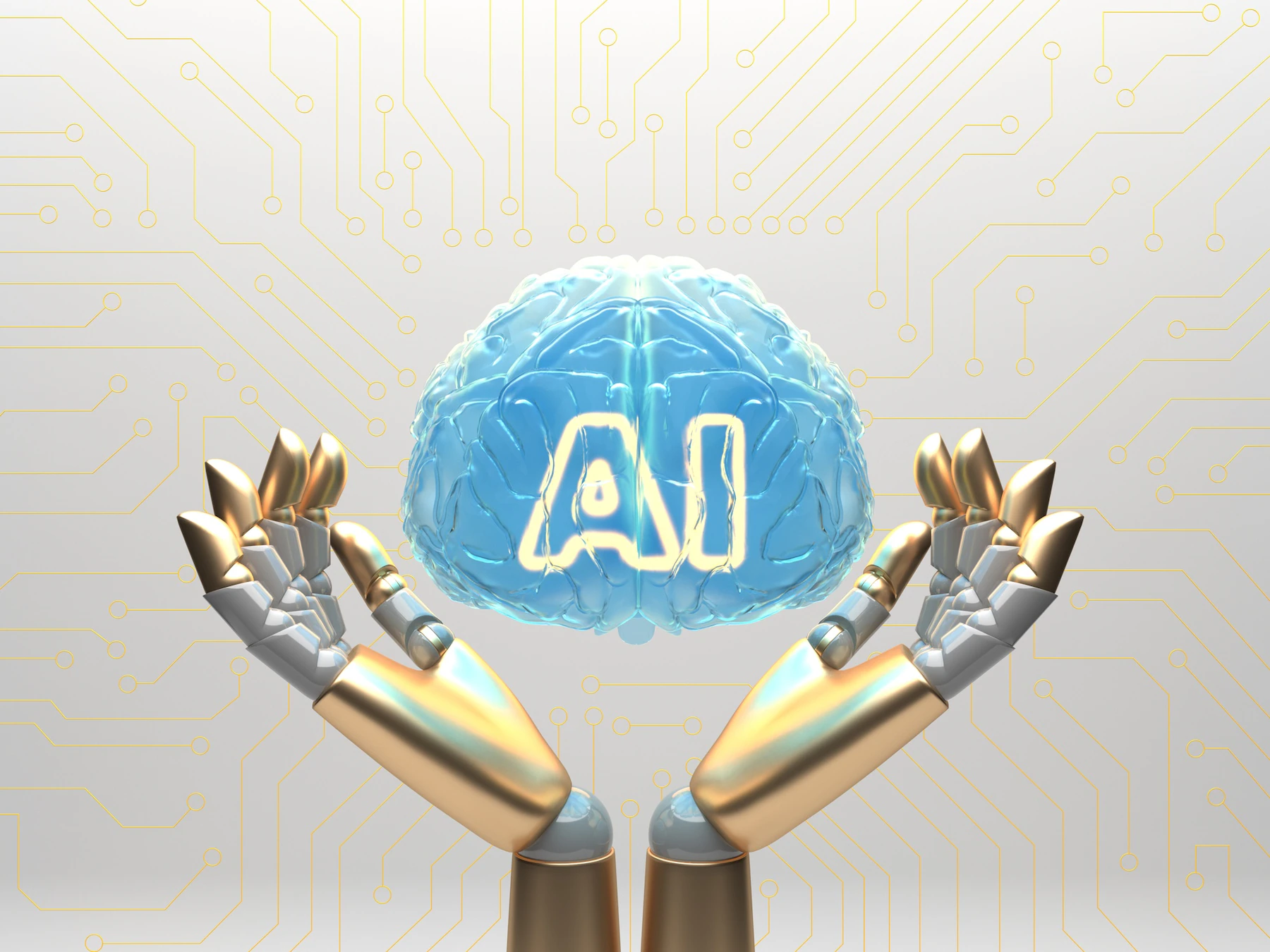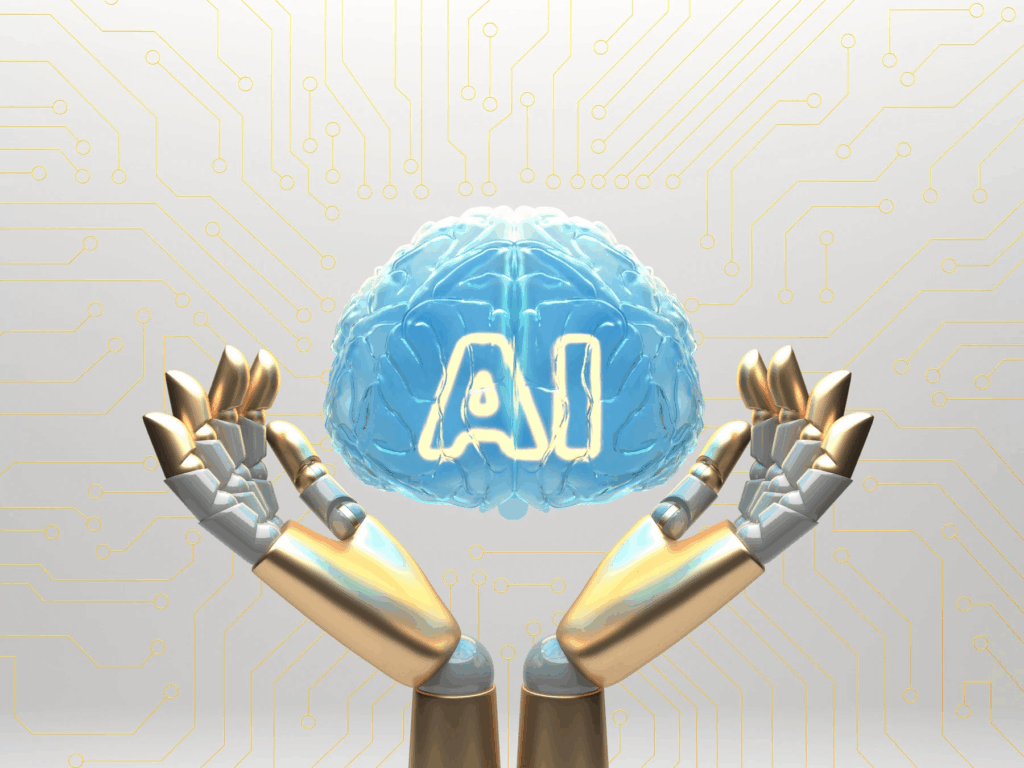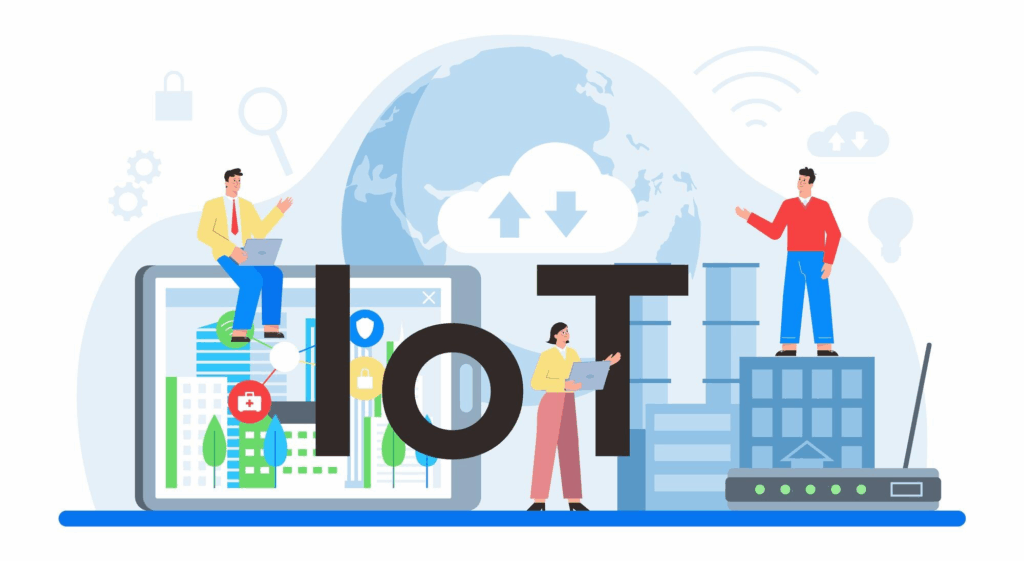Local and decentralized AI are moving fast, and if you want to build smarter, safer, and faster, you need the right tools under the hood. Whether you’re creating a chatbot on your laptop, setting up a RAG pipeline for secure data retrieval, or deploying AI on a credit card-sized computer, your stack matters.
At GrayCyan, we specialize in putting these cutting-edge tools to work — helping clients unlock the full potential of local AI solutions.
Here’s a hand-picked lineup of this month’s most useful tools, libraries, and hardware to help you level up your local AI game — whether you’re building a chatbot, playing with voice transcription, or just exploring what’s possible without the cloud.
i) Vector Databases: ChromaDB & Weaviate
Vector databases are the silent engines behind retrieval-augmented generation (RAG)—a method that allows AI models to access relevant documents, files, or facts in real time. Two standout tools are making RAG not only powerful, but local.
ChromaDB
Founder: Anton Troynikov
What it does: A blazing-fast open-source vector database built for LLM pipelines
Why it matters: Works seamlessly with local models to fetch relevant documents without cloud queries
ChromaDB supports embedding, custom document stores, and integrates with tools like LangChain and Ollama. It’s lightweight enough for personal projects, yet robust enough to power enterprise-level retrieval.
Weaviate
CEO: Bob van Luijt
What it does: A production-ready, scalable vector search engine with on-premise support
Why it matters: It’s ideal for hybrid environments where performance meets privacy
Used by over 5,000 developers and trusted by names like Bosch and Zalando, Weaviate brings machine learning-powered search and classification to your fingertips—minus the cloud.
ii) Whisper.cpp: Voice Transcription at the Edge
If you need a voice-to-text tool that works without the internet, try Whisper.cpp. It’s a smaller, faster version of OpenAI’s Whisper and runs right on your computer—even on small, low-power devices like a Raspberry Pi.
Can transcribe speech in 100+ languages
Works in real-time with just 2–4 GB of RAM
Ideal for building voice assistants, note-taking apps, or secure dictation tools
Pair it with LangChain + Ollama to build a voice-powered local chatbot that listens, thinks, and responds—without ever touching the internet.
🧪 A recent test on Jetson Nano showed 92% transcription accuracy with Whisper.cpp in noisy environments, outperforming many commercial options.
iii) AutoGPT + Local LLMs: A DIY AI Agent
AutoGPT was one of 2023’s most viral AI tools—and now it’s going local. By integrating with local LLMs via Ollama or LM Studio, you can run autonomous agents on your own machine.
Use cases: Personal assistants, task runners, local schedulers
Bonus: Plug it into ChromaDB or Weaviate for memory and context recall
Works well with models like LLaMA 2 7B, Mistral, and GPT4All-J
Do You Know:: When run locally with optimized models, AutoGPT can complete complex multi-step tasks (like “plan a 5-day trip to Iceland with weather alerts”) in under 90 seconds—with full data privacy.
iv) Edge-Ready Hardware: Jetson Nano, Coral TPU & Apple Silicon
Running AI models used to require powerful desktops or cloud servers but not anymore. Thanks to major advances in edge computing, you can now run surprisingly capable AI workloads on small, affordable devices right at your desk or even in your pocket.
Whether you’re a robotics enthusiast, an IoT builder, or just a curious creator, there’s a growing ecosystem of compact, AI-ready hardware designed to run models like LLaMA, Whisper, and YOLO right at the edge.
Here’s a look at three standout options making local AI faster, smarter, and more accessible than ever.
Jetson Nano – Tiny Board, Big Possibilities
Price: Around $129
Best for: Robotics, real-time inference, object detection, and prototyping
Built-in: NVIDIA CUDA-capable GPU
Jetson Nano, NVIDIA’s pint-sized AI development board, is a favorite among hobbyists and researchers. Despite its small size, it can handle impressive tasks like running Whisper for voice transcription, YOLOv5 for object detection, and even TinyLLaMA for on-device language processing.
Its GPU acceleration and solid support for TensorFlow and PyTorch make it a fantastic launchpad for real-time AI experiments—especially in robotics and edge vision.
In testing, Jetson Nano handled YOLOv5 inference at 15 FPS using real-time camera input—remarkable for such a compact board.
Google Coral TPU – AI Acceleration for Embedded Systems
Form: USB stick or PCIe module
Best for: IoT projects, embedded AI, smart sensors
Supports: TensorFlow Lite models only
Coral TPU (Tensor Processing Unit) by Google is tailor-made for low-power, high-speed AI inference. It plugs directly into a Raspberry Pi, desktop, or embedded system to offload AI workloads from the CPU.
Ideal for applications like smart cameras, real-time analytics, and sensor-driven decisions, Coral is widely used in environmental monitoring, agriculture, and security systems where data must stay local and latency is critical.
Coral can process MobileNet image classification in under 20 ms—on just 0.5 watts of power.
Apple Silicon (M1/M2) – Built-In AI at Your Fingertips
Devices: MacBook Air/Pro, Mac Mini, iMac
Best for: macOS developers, local LLM workflows, creative tasks
Built-in: Neural Engine with 16-core support
Apple’s M1 and M2 chips come with a powerful Neural Engine, optimized for local AI tasks through Core ML. Whether you’re using Ollama or LM Studio, Apple Silicon can handle 7B parameter LLMs with ease making it a go-to for AI developers who want a smooth, native experience.
On the M1 Pro, LLaMA 2 13B (4-bit) runs at 9–12 tokens per second—fast enough for real-time conversations.
For macOS users, it’s a dream setup: no drivers, no external GPU, and no fuss. Just open your terminal or app and get going.
v) Federated Learning Tools: Flower & NVIDIA FLARE
As AI shows up in more parts of our lives, from phones to hospitals, keeping our data private while still training smart models is a growing challenge. So how do you improve an AI without moving your data?That’s where federated learning steps in.
Instead of sending your data to the cloud, the model comes to your device, learns locally, and only sends back what it learned—not your personal info. Think of it like thousands of local tutors helping out, without ever sharing your notes.
Two key tools—Flower and NVIDIA FLARE—are leading this shift, helping AI learn safely across phones, smart devices, and even entire hospitals. Here’s how they’re making it work.
Flower
Founder: Daniel Beutel
Use: Build federated learning pipelines across smartphones, edge nodes, or IoT. Supports TensorFlow, PyTorch, and JAX. Backed by an active global community and real deployments in healthcare and finance
NVIDIA FLARE
Purpose-built for privacy-preserving AI training
Designed for industries like healthcare, where HIPAA compliance is a must
Comes with FL Scheduler, secure enclaves, and differential privacy support
In a 2024 case study, Flower enabled federated training across 150 hospitals without sharing patient data risk while improving model accuracy by 37%.
These tools represent more than just gadgets; they’re the foundation of a new AI era. One where intelligence happens close to home, where your data stays yours, and where innovation doesn’t rely on mega-cloud infrastructure.
Whether you’re a curious beginner or a seasoned builder, these toolkits can help you craft local AI systems that are fast, secure, and tailored to your world.
Because in 2025, the smartest AI might just live on your desk—not in the cloud.






